big thirst
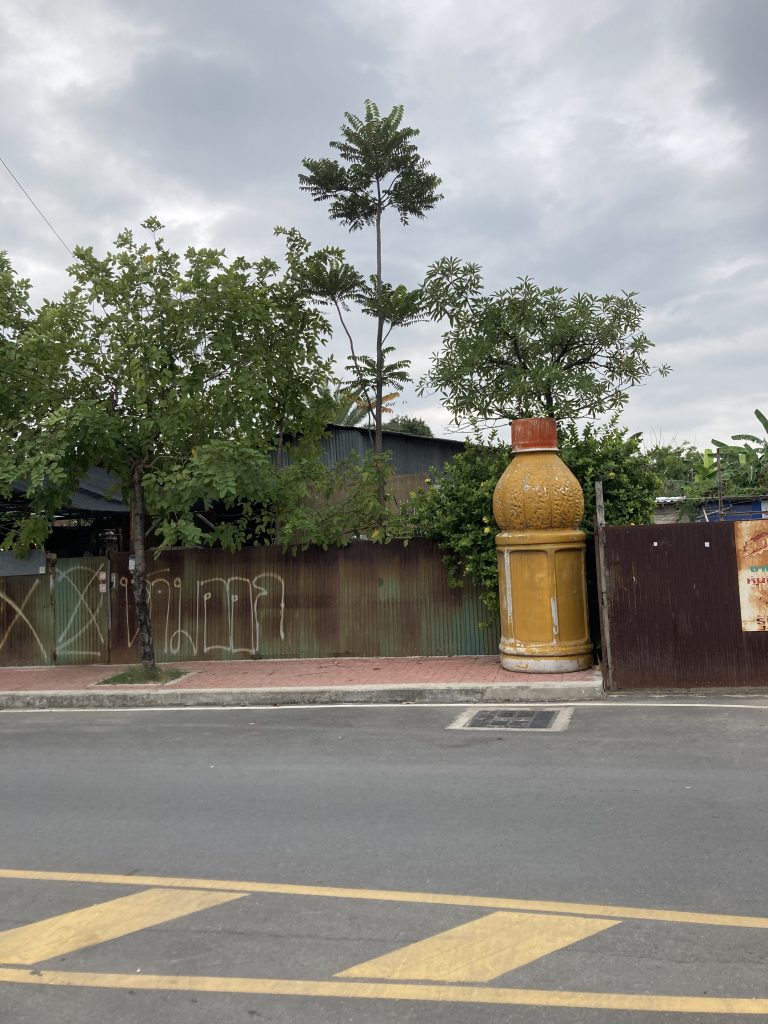
The traveler explores the American Wayside, verifying the contents of a mysterious guide written by a man with whom he shares a likeness and name. Excerpts from ‘Autumn by the Wayside: A Guide to America’s Shitholes’ are italicized. Traveler commentary is written in plain text.

‘It’s impossible to deny that small town America is made of denser earth than its cities, complicated as they are by sewage, subways, and secret means of egress for the billionaire elite. Small towns exert gravity such that passing vehicles slingshot by, hurriedly propelled between coasts. Long-time residents find their homes difficult to leave, weighted, as they are, by generational inertia.
The frequency of ‘Runaway Truck Ramps’ in rural America represents the nation’s half-hearted solution- a system that, in theory, would funnel the collected energy of a truckful of runaways into a single attempt to break from a small town’s orbit. Those who try to avail this service quickly realize the truth of the matter. Funding for the ramps fell through just months after construction began. Hopeful runaways will find that most are nothing more than hard-earned dead ends.’
Though Shitholes is right to warn against staking one’s escape on a random ‘Runaway Truck Ramp,’ a handful did make it to a later stage of construction before being de-funded. They aren’t complete by any stretch of the word. They aren’t particularly safe. They aren’t even particularly well-placed but their functionality is enough that travelers’ havens tend to spring up nearby. Hector and I spend a week near the lake at Pearl City and we let ourselves grow comfortable with the idea of staying put for a while.
When it’s time to leave, we take the ramp and find that leaving isn’t so hard after all.
-traveler
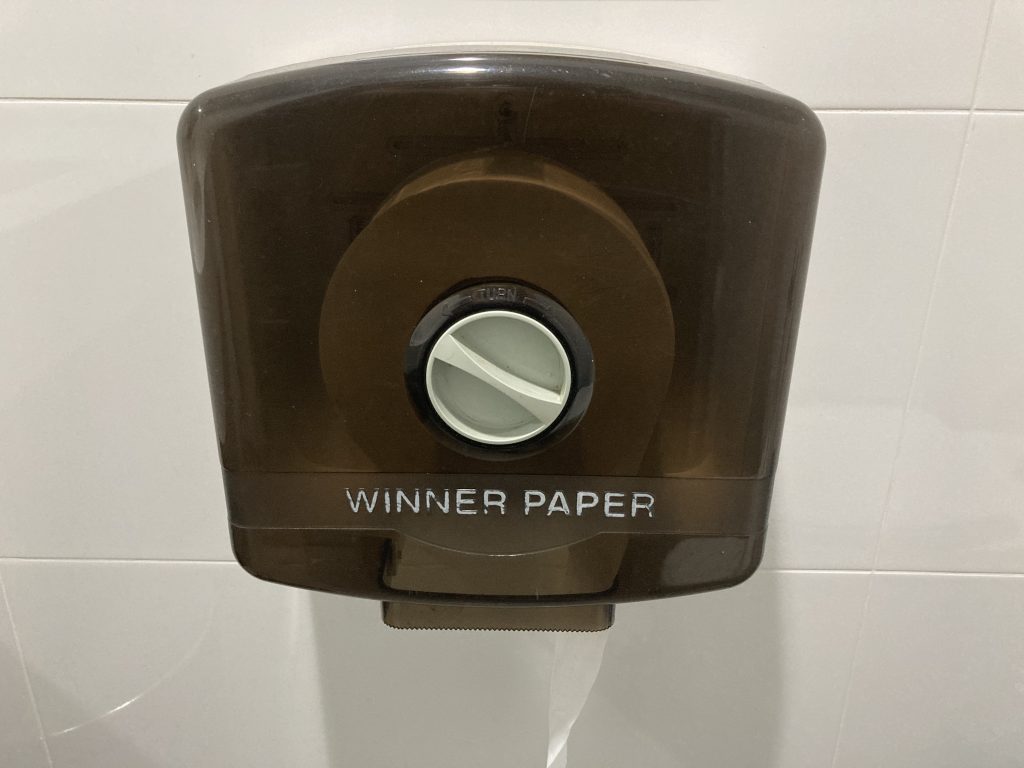
‘Though it goes by many names and leads in several directions, most agree that ‘The Sharp Right’ is a single phenomenon manifesting in multiple ways. The overall illusion is always the same- the sudden arrival of a traveler’s exit several miles before expected. Some describe ‘The Sharp Right’ as insidiously mundane. Others recall its exaggerated signage, something they only recognize after the fact. Massive signs. Flashing lights and warnings. The inclusion of exclamation points and underlines. Whatever it takes to force the driver into a sudden, panicked turn.
Of course, once the driver turns, ‘The Sharp Right’ disappears, giving way to whatever should be there on the shoulder of the interstate- a tree, a barrier, a precipice, or just enough of a slope to start the vehicle rolling.
The frequency of ‘The Sharp Right’ is difficult to track for the fact that the majority of its survivors will never understand that their lives were threatened. A moment’s hesitation will have saved them and, though it may prove disorienting to find the true exit where it should be, most will chalk it up to exhaustion. The only lasting evidence of ‘The Sharp Right’ is the skid marks one sometimes sees veering right on a perfectly straight stretch of road- a trail of broken glass. A twisted traffic barrier.
‘The Sharp Right’ is among the few of the Wayside’s legally recognized oddities, it being a ‘hail mary’ for the wealthy drunk driver. As of publication there are no reliable means by which is can be detected or warded against. A traveler can only be advised to remain attentive, and to trust their intuition, even if their intuition takes them a little out of the way.’
-an excerpt, Autumn by the Wayside
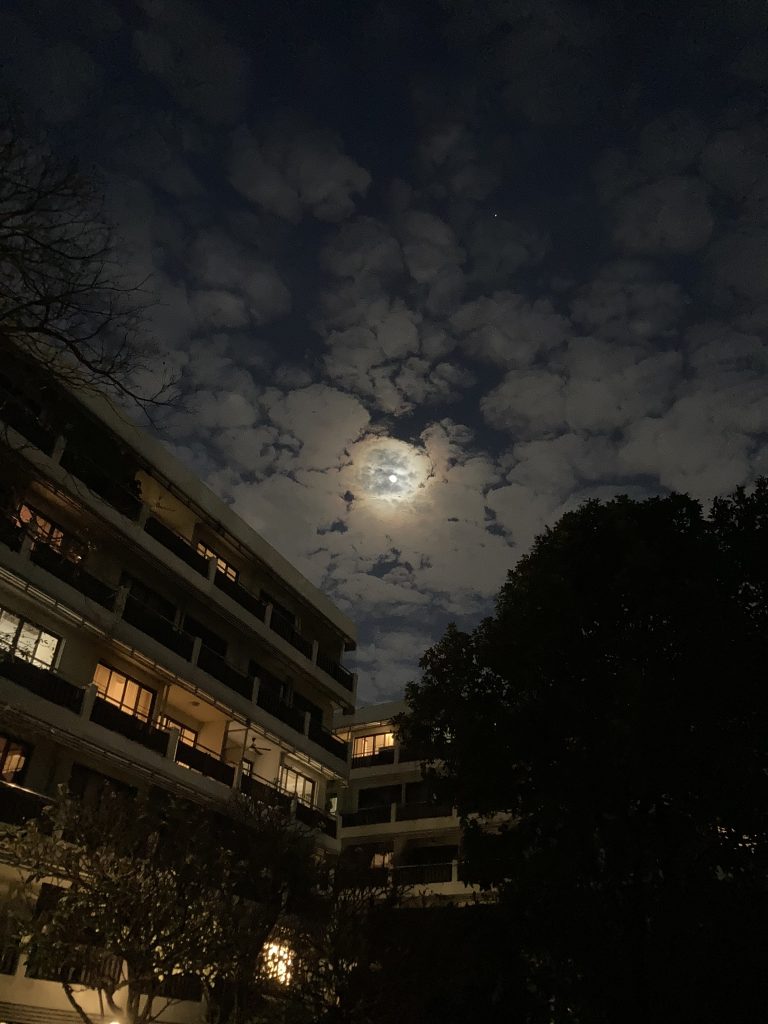
‘The annual Halloween store appears mid-September and reaches its highest density in the following month. By Halloween night, its haphazard storefronts will occupy all available lots, will have consumed a handful of businesses here and there, and will seem, most certainly, a weed in the verdant capitalist garden of strip malls and shopping centers.
At the height of its invasion, most Halloween stores will collapse, expelling the remainder of their inventory into the parking lot to be swept up and carted off by bottom-feeding bargain hunters. The disbursement of costumes and decorations in second hand shops will maintain consumer interest and lay the foundations for the subsequent year’s Halloween bloom. Given its natural concession, the annual Halloween store will prove itself less a perennial weed and more a gaudy annual, a time-sensitive facet of the healthy consumption cycle.
There are, on occasion, some stores that mutate. These specimens continue past their prime- their presence not a matter of virulence but of a singular hardiness. At worst, a ‘November Halloween Store’ represents a benign eyesore- a blemish that calls into question the health of businesses nearby. Shoppers are advised to tread carefully, not for any danger inherent to the store, but in respect for the swiftness with which a healthy ecosystem will cannibalize the uncanny.’
It’s been over a decade since I’ve attended a Halloween party or any other function that might require a costume. It’s been nearly as long since I’ve been so anchored as to run the risk of needing candy for trick-or-treaters. The likelihood of a ‘November Halloween Store’ still having viable samples of either this late in the month seems unlikely anyway. What brings me to the ‘November Halloween Store’ is a simple vision: Hector in a rabbit-sized costume.
A carrot? A hotdog? A sphinx-like headdress? The costume itself doesn’t matter. What occurred to me in a tent-warmed mid-morning doze was the image of Hector in any costume, really, the sheer ugliness of the creature amplified to something altogether surreal by tiny angel wings or a wreath of flower petals.
Shitholes is right, though. There is something unseemly about the store as it stands at the foot of winter. Both the grocery and the day clinic that sandwich it seem wilted, their plate-glass windows heavy-lidded with fatigue or suspicion. There is no one inside the store, neither customer nor employee. A door to the back is ajar and the sounds of some streaming video or cellphone game spill out from inside.
The products are a mess. Thanksgiving has just begun to recede along an aisle in the back and Christmas has sprung in rashy patches, its tinsel creeping in and out of plastic jack-o-lanterns. The bulk of the store is still Halloween-themed. Someone has tried to repurpose samples of the inventory, pitiable attempts to market the longevity of items that are inherently seasonal. Rubber masks have been sewn into oven mitts and rain parkas, rippling noses and mouths. Pumpkins are stacked into mock totems and snowmen and even cacti, of sorts.
At the far back corner I find a swiveling rack of animal costumes and have knelt to examine a deeply discounted lion’s mane when the front door slams open, triggering the welcome bell with such force that it breaks from its string and arcs across the store, rolling to a stop at my feet. From between cans of false snow I see two men in Santa suits, their faces concealed by the white-bearded equivalent of a ghillie mask. They carry a crate between them, set it on the floor, and begin to assemble something on the counter. The noise is enough to draw a thin girl from the backroom. She steps to the register and pauses:
“Can I help you?”
“You don’t sell holiday shit no more,” one of the beards says, “Now you sell hotdogs.” He flips a switch on the machine on the counter and its rollers grind to life.
The second beard tears open a sack of hotdogs and dumps them into the machine where they squirm and grind and ostensibly warm. “No more Halloween. No more Christmas. Get the fuck out with your Thanksgiving garbage- now you sell hotdogs, got me?”
The girl opens her mouth to protest and the men slam their fists onto the counter.
“Hotdogs!”
The same thing happens when she tries, again, to speak.
I slip off my shoes and begin a stealthy exit toward the door but am immediately foiled by the loose bell at my feet. The scene at the register goes quiet and I hear one of the beards moving my way. He’s on me in a split second. I struggle but he twists my hood so that my jacket closes around my neck and he drags me up to the register.
“Got a customer, here,” the beard tells the girl.
“Got a purchase to make,” the second beard tells me.
I look at the lion’s mane costume in my hand and it’s slapped away by one of the beards.
“Howsabout a hotdog?” the beard asks me.
The sausages writhe in their aquarium, flop noisily against the glass.
“Uh,” I say, “Could I get one hot dog?”
The second beard open-hand slaps me across the face. The first repeats his question. “Howsa’bout a hot dog?”
“Howsabout a hot dog?” I ask, bracing myself for another slap.
Both beards nod and the woman takes a pair of tongs from the backside of the machine and captures a hotdog before it’s pulled back down to the bottom of the pile. She looks around for something to put it in and, after several uncomfortable seconds, I just take it in-hand.
“One dollar?” the girl asks, but the beards seem to have lost interest. They release me as soon as I hand her the money and drag the crate to a truck that idles on the curb outside. A third Santa beard waits behind the wheel.
I retrieve the lion’s mane once they’ve driven away but the shop’s phone rings each time I try to convince the girl to sell it to me- dead air or whispered threats by the look on her face. After the third time, she refuses to acknowledge that the store is anything but an eccentric hotdog dispensary. I leave empty-handed.
The dregs of November are always a tad bitter. Short days, long nights, and the fitful surrender of autumn to winter. A cold wind and a rattle of trees.
-traveler
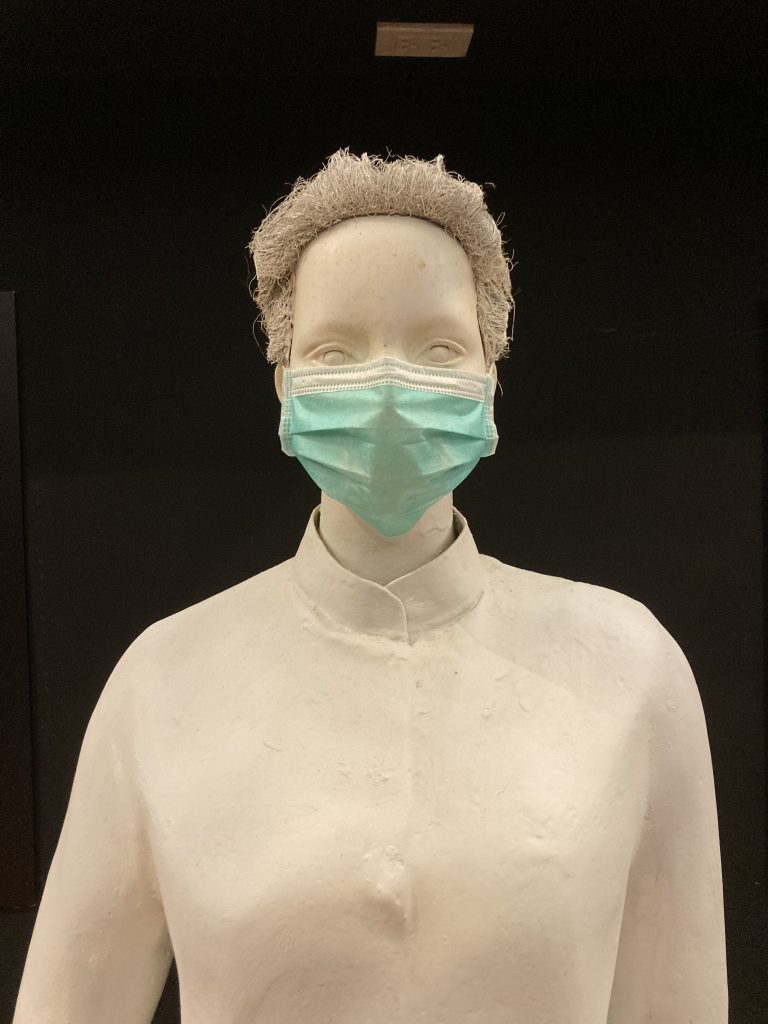
I note the behavior of the first deer by sheer happenstance when Hector and I crest a particularly tall slope of the highway. The headlights pick it out standing on the road some ways ahead- far enough away that I assume it will be gone by the time we reach it. I slow, anyway, knowing there might be more in the forest nearby and when we finally close the distance I see that the thing hasn’t moved at all. When I stop, a few yards out, the deer turns its head. It had been craning its neck toward the stars.
‘Difficult to say why animals in ‘The Headlights’ focus on the sky, given that ‘The Calamity’ arrives from no particular direction. It certainly encourages those with religious leanings to weigh in with their brand of spirituality- all variations on ‘they know where they’re headed when the time comes’-type sentiments. In reality, it’s about as easy to dismiss those who think they can explain it rationally. Plenty of people have ideas about why animals can sense disaster but their conclusions are so conflicting that it’s safe to say they just know.
Herbivores are affected first, particularly those one might classify as ‘prey.’ Deer, elk, and most four-legged stompy forest creatures fall into this category as well as skittish rodents like squirrels and moles. The animals startle, freeze, and remain relatively frozen until ‘The Calamity’ occurs, sometimes days later. Scavengers come next (rats, racoons- even certain birds). Under long enough exposure, humans and other predators begin to slow as well. Survivors of various ‘Calamities’ report no particular knowledge of the oncoming disaster, only a paranoid apathy that some have compared to Martin Seligman’s discovery of learned helplessness.
A hotline was established in 2016 to gather reports of ongoing occurrences of ‘The Headlights’ but it has been of little use in preventing ‘The Calamity.’ On the contrary, several volunteers sent to verify information on-site have perished in the resultant disaster, having either misinterpreted the timeline or succumbed to the lethargy. As of publication, no ‘Calamities’ have been mitigated by the efforts of those responsible for the hotline. There are no known examples of a ‘rescue,’ whatever that might look like.
Travelers who recognize symptoms of ‘The Headlights’ are advised to turn-tail. Approaching a frozen animal is bad-practice in the best of circumstances but, assuming ‘The Headlights’ are to blame, there’s a decent chance that the first afflicted creature is well within reach of ‘The Calamity.’
In all this traveling I don’t know that I’ve ever seen a living deer up close. I wait for it to bolt or charge the bike, am tensed for either, but the animal breathes steadily and blinks at the light. Eventually, it turns its gaze upward, again, where the sky is clear but for a handful of stars.
The road through Belcroft is one of my personal shortcuts across the nation and home to my favorite coffee place. Turning back would mean losing a day’s worth of travel and forgoing a good cup of joe. I honk at the deer and its muscles jump under its skin. It takes an uneasy step away and then stops again. Movement along the shoulder draws my attention to several more deer to the right, concealed by brush. A dozen, all said. They, too, sway on their legs and watch the sky.
I look up, for a while, in case I can make out what they’re seeing. I weigh my options, wondering if I couldn’t make a high-speed pass through Belcroft, just to save time. I spend several minutes mired in indecision before I realize the danger I’m in. Hector and I turn back.
Belcroft is in the news the next day, emitting a plume of black smoke. I see footage of the cafe, half-collapsed, and turn my attention back to a weak mug of coffee on the table. Hector shakes symptoms of ‘The Headlights’ by noon and we’re on our way again.
-traveler
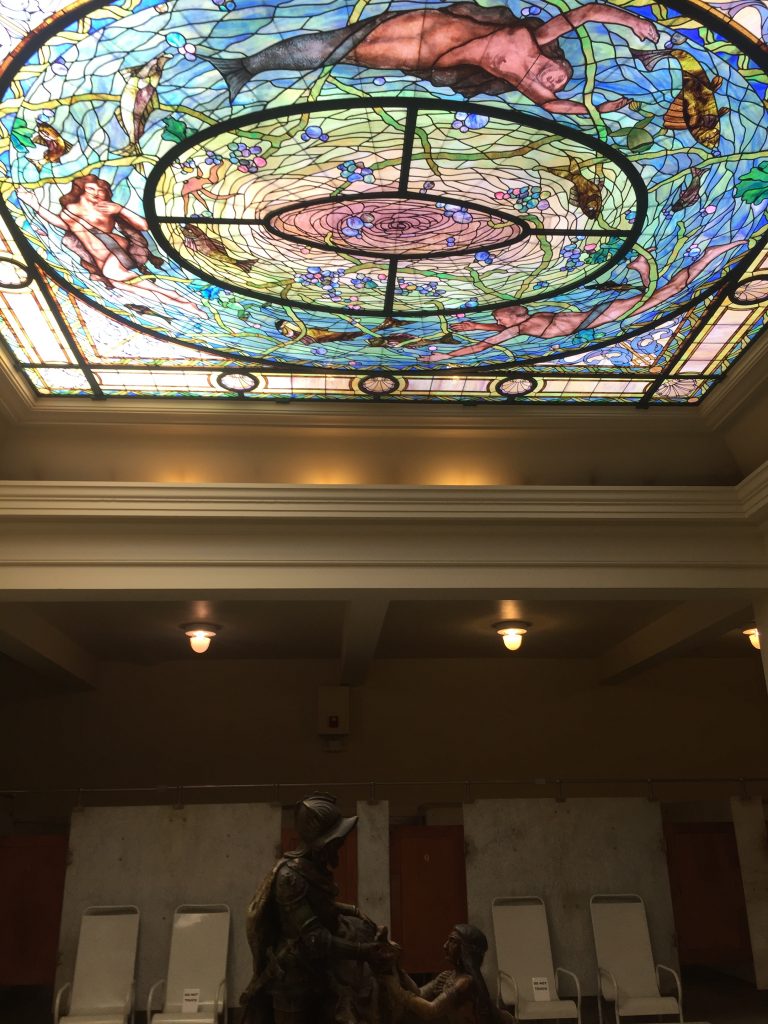
Growing up, monster truck rallies were a fixture of the peripheries. They seemed to be happening constantly, their angry commercials bookending the local news. I haven’t attended a monster truck rally and I’m not sure if what I’m following, now, qualifies. I’m not sure what I’m seeing.
‘One assumes, without thinking, that monster truck rallies are like circuses, that they travel from town to town. They are, in fact, much more like a rash- they don’t travel so much as they spread. Before the internet connected us, we failed to see that when a rally occurred in one place, a dozen others happened at the exact same time, some just a few hours’ down the interstate. Even now, for all that the evidence could be conjured from a few quick searches, rallies maintain only a vague internet presence and restrict advertising to local broadcasts, effectively camouflaging their numbers.
Truly nomadic are the monster truck hunters who re-form at the behest of a chosen-one type leader every few years when the rallies have begun to take hold. Their gathering heralds ‘The Truck Hunt’ which moves between states in order to uproot the rallies from fairgrounds and auditoriums and, eventually, drive the phenomenon back into dormancy. Unlike most secretive, monster-hunting societies, the methods of the monster truck hunters are public and ostentatious to the point of vulgarity. Their post-apocalyptic vehicular modifications and zealot enthusiasm for ‘The Hunt’ leads to their antics being folded back into the monster truck rally itself- a hyper-violent clashing of man and behemoth that can be observed like a parade from the sidewalk.
Some have begun to draw uncomfortable parallels between the rallies and the hunters, suggesting that they may be the same sickness presenting in two different ways: an ailment that pretends to cure itself in order to avoid extinction. Hit and runs are a common end for people who push this possibility, whose bodies are found flattened in their driveways or on the road outside their home.’
The rallies had started appearing again about three months ago and by last week I couldn’t finish a dive-bar fry basket without hearing the raging voice of a monster truck driver describing ticket prices from a TV high up on the wall. I figured it was about time that ‘The Truck Hunt’ began and started eating out near the rallies when I stopped over in a hosting town for the evening. An hour ago, the rally in Bakersville spilled out of the arena and past the fast food joint where I had been sipping a soda-no-ice. The plan has always been to follow and watch from afar.
A series of ambushes and counter-ambushes have occurred since then. The first involved a hidden battalion of hunters swinging down from billboards (We’re Looking!) and spearing the lead monster truck- missing the cab entirely but somehow striking in places that gushed red diesel. One of the hunters was quickly sucked down under the wheels of the truck behind it as the leader’s engine faltered and screeched. The other trucks increased speed so that an opposing V-shaped secondary group could ramp from an overpass and crush several more hunters before spinning about and re-joining the back, closing the ‘parade’ behind me.
That was twenty minutes ago.
Hector and I keep up for a while, more out of necessity than brave journalistic integrity. Both factions mistake us for one of their own. A spear, tossed to me horizontally as though to be caught and thrown, bounces impotently off my torso and clatters to the asphalt before being ground under the tires of something behind us. A muscular man in only leather pants and a helmet shouts orders at me from his own bike and then tries to get close enough for a one-hand strangle.
Hector and I exit all at once. I hydroplane on blood and oil, wobble, and skid to a halt. Three motorcycles whiz by and a monster truck passes overhead, all in the span of half a second. An impact from any one of them would have killed us both.
In another second, ‘The Truck Hunt’ is nothing but twinkling red light on the horizon. I walk the bike to the shoulder and check on Hector, who is drenched in whatever blood-adjacent ichor the monster trucks spray. He doesn’t seem particularly agitated and he chews at wild sage while I change the bedding. In the meantime, I nurse the calm that speaks to fresh trauma. The calm that keeps a person up at night.
-traveler
© 2024 · Dylan Bach // Sun Logo - Jessica Hayworth